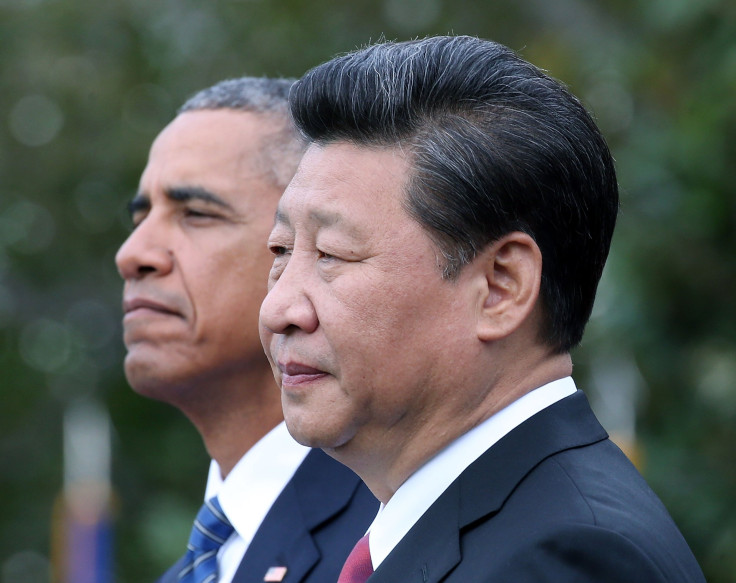China Cap-And-Trade Agreement Is Just The Beginning If China Really Wants To Reduce Its Carbon Footprint

While the climate change reduction plan expected from Chinese President Xi Jinping will certainly be a landmark moment for the country and the world, whether the accord will be effective in reining in greenhouse gas emissions from the world’s largest global warming polluter remains uncertain. Xi is expected to commit his nation to a “green dispatch” climate change program at a joint press conference Friday afternoon with U.S. President Barack Obama that will begin in 2017.
The program will limit and tax China’s emission of greenhouse gases by creating a price incentive for businesses to use power generated through more environmentally sustainable methods. The hope is that by taxing businesses for over-pollution, the country can reduce its carbon footprint
But enacting reforms on paper and actually implementing climate-change-reducing measures in the country may be two very different things.
“You can envision there’s a lot of political and technical challenges ahead,” Ranping Song, the developing country climate action manager for the World Resources Institute in Washington, told the New York Times. “There’s no guarantee that this will go smoothly.
“Even if it’s national coverage,” Song added, “it will take time, a few years, for the government to ramp up its efforts.”
But the fact that Xi is making the announcement and making it in Washington suggests that this accord could have real teeth. ”This coming from the head of state, Xi, gives more confidence that this is going to be fairly significant and is a lot less likely to be watered down,” Song said in the interview.
In addition to enforcing the reforms, there also is the matter of ensuring that the mechanisms for pollution credit trading are in place and attractive to businesses. Obama and Xi made an agreement in December to limit global warming emissions in their respective countries, with the U.S. pledging to emit 26 to 28 percent less carbon in 2025 than it did in 2005 and China pledging to reach peak carbon emissions by 2030 or sooner. But the pilot programs in place in China have, so far, not gotten off to the best start, experts said.
“The trading systems aren’t very active,” Pang Jun, a professor in Renmin University’s environmental department, told the Wall Street Journal. “It’s not like a vegetable market, with people buying and selling. It’s not very lively. There aren’t a lot of transactions.”
Xi pledged that clean energy sources, like solar power and windmills, would account for 20 percent of China’s total energy production by 2030. And while China is home to the world’s top three solar panel manufacturers as well as six of the 10 manufacturers in the world, as ranked by IHS, getting businesses to roll back their reliance on cheap fossil fuels may prove difficult.
Another major challenge for the cap-and-trade program will be deciding just who gets to pollute how much. The way emissions permits are doled out will help determine their price, Pang said, which will play a major role in how likely business owners are to voluntarily make use of the program. Right now China is giving the credits out for free. That’s basically a nonstarter, said Greenpeace climate and energy campaigner Li Yan, according to the Wall Street Journal.
“If the price is too low then it’s not strong enough signal for polluters to take action,” Li said.
That’s why the biggest hurdle China has to cross is still largely to come. Getting a buy-in from businesses in word and deed will be the key. “If there are companies secretly emitting and not getting caught, then the whole system won’t work,” Pang said. “It will all be a fake.”
© Copyright IBTimes 2025. All rights reserved.






















